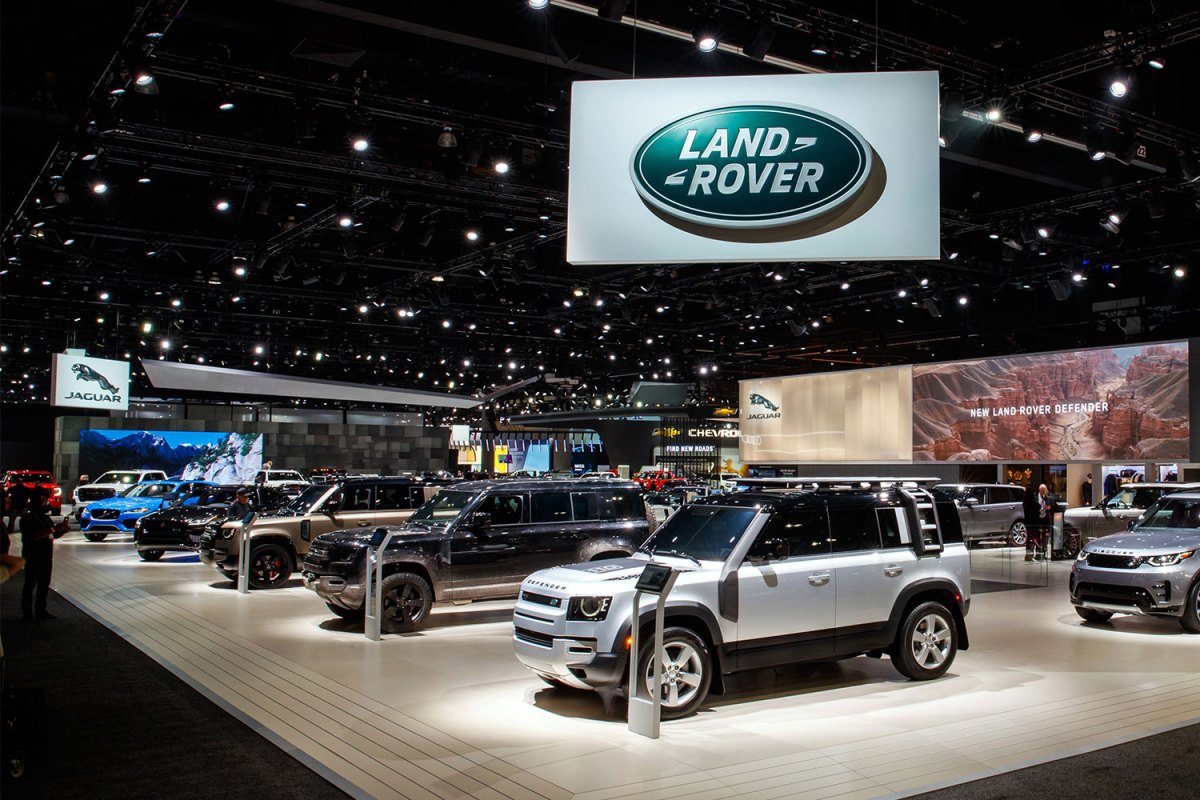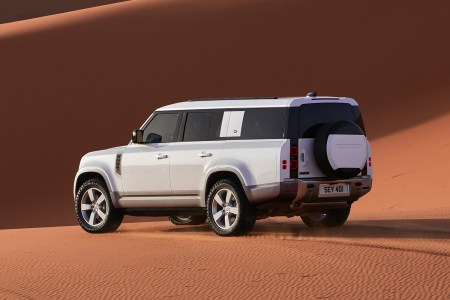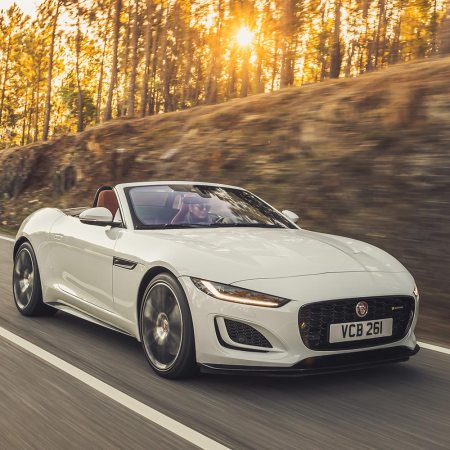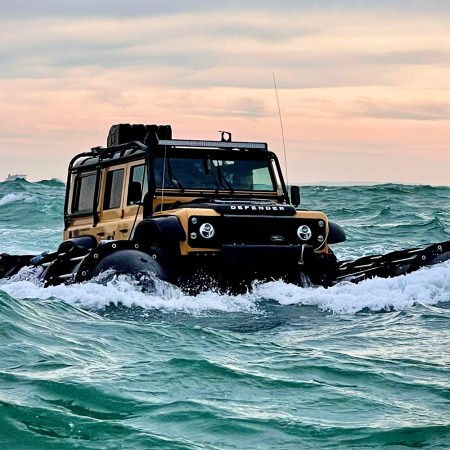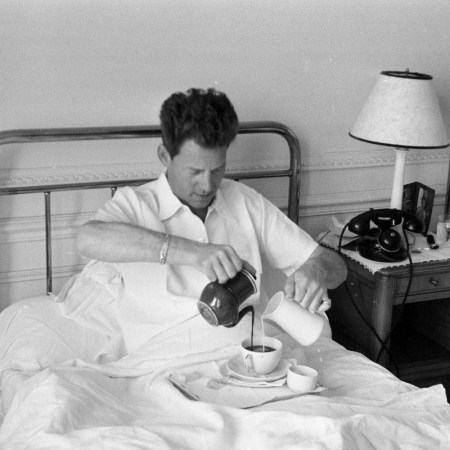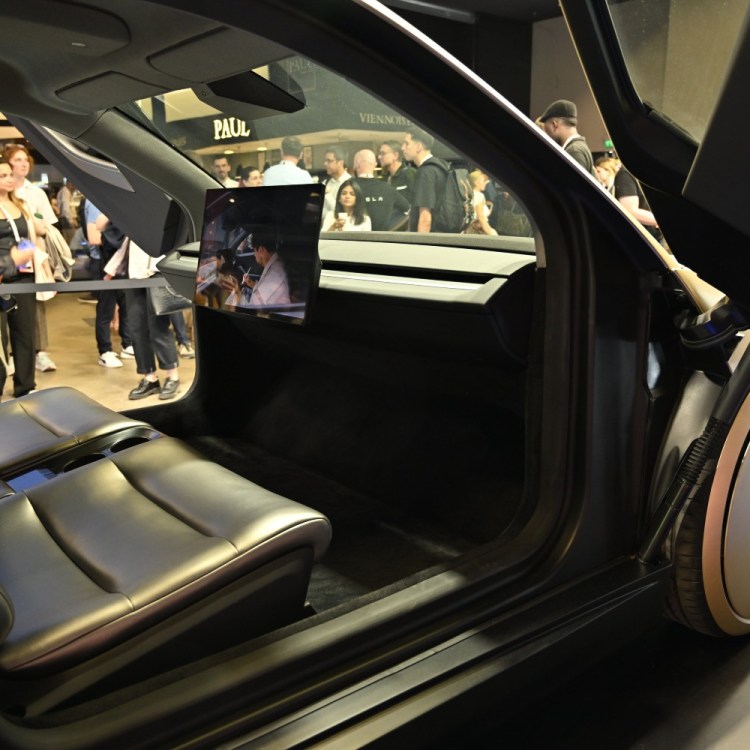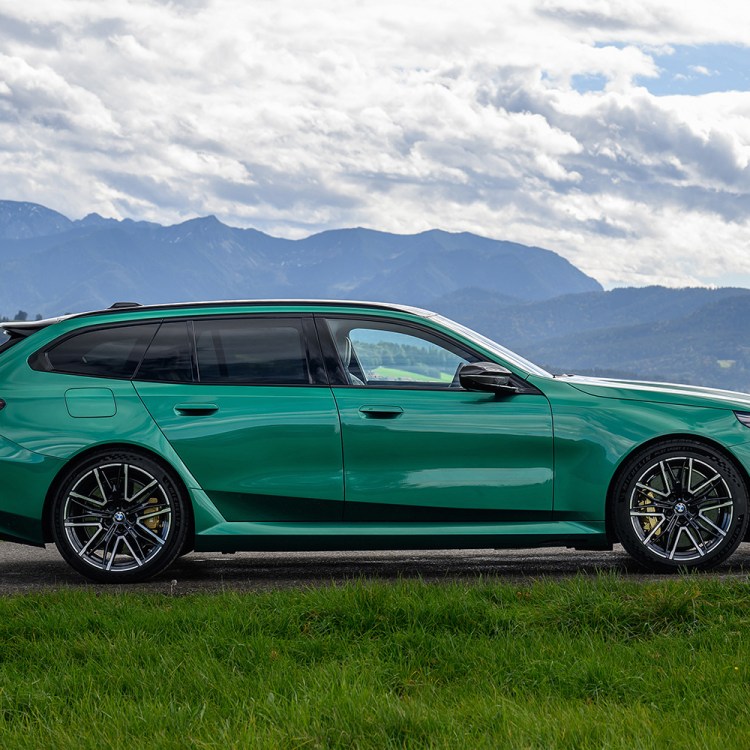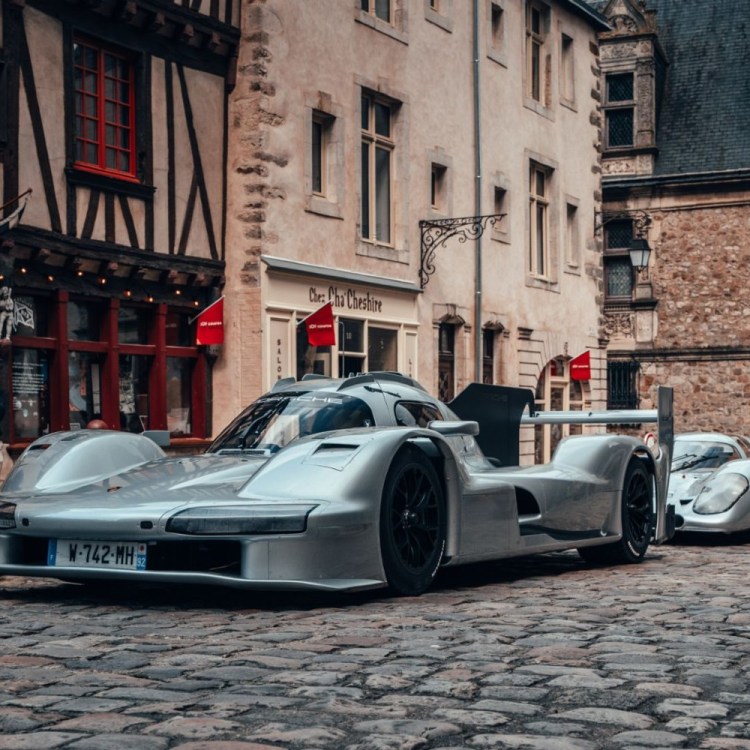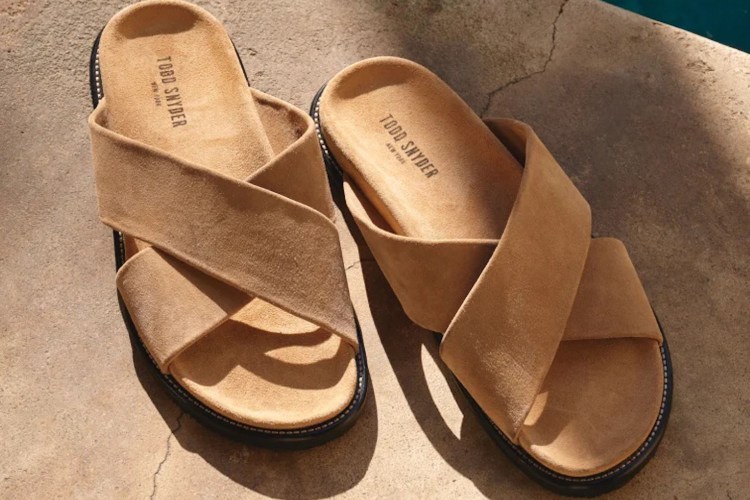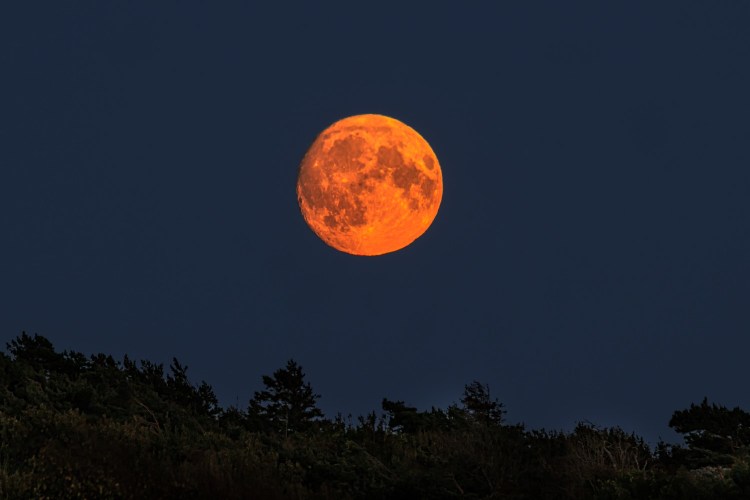What’s in a name? If you’re Jaguar Land Rover, it’s just an increasing number of other names, but the automaker’s recent announcement should make things simpler for all of us. Maybe.
Jaguar Land Rover is now officially “JLR,” the shorthand catch-all that industry and media folk have been using in the background for quite a while. This on its own isn’t a big announcement, but it’s part of an evolution in the automaker’s corporate identity that, frankly, it needs at this moment. For instance, you’re probably just finding out right now that Land Rover and Jaguar are basically one and the same.
Keeping track of who owns whom is one of the less exciting parts of automobile fandom. But it’s important for various reasons. On the consumer end, car buyers should be aware of where their vehicles come from so they can make informed decisions on their purchase, be their concerns quality-related or more personal, such as brand loyalty.
That last one is important for the company, too. All automakers trade off of their heritage in some fashion, and making those links is a critical marketing tool. JLR is a subsidiary of Tata Motors, a multinational company headquartered in India, which purchased the British brands from Ford. All of this is fuel for the “well, actually” crowd who love to nitpick over such things, and you can start to see why having a defined brand identity is critical.
Review: The Land Rover Defender 130 Is a Family SUV With Real Off-Road Chops
The largest, longest and most expensive Defender also takes aim at the Ford BroncoWith all that said, JLR will distinguish itself moving forward not as a two-pronged behemoth, but as a “house of brands” that include Jaguar, Range Rover, Discovery and Defender.
Jaguar, in short, will become JLR’s lineup of fully electric vehicles. Its current long-in-the-fang stable includes the oft-overlooked electric I-Pace crossover, and soon all of its combustion-powered offerings will be replaced with battery-powered follow-ups.
Range Rover will also continue to be the company’s line of luxury SUVs that lean heavy on the opulence. It includes the full-size Range Rover, Range Rover Sport and the smaller Evoque and Velar vehicles. This effectively lays the “Land Rover” part of JLR dormant, as the two remaining LR vehicles are now spun off into their own sub-brands.
Discovery has been the sweet spot for utility-vehicle fans looking for an increased amount of capability while maintaining a decent degree of luxury. In many ways, it’s the most nebulous wing of the refreshed JLR, and it will be interesting to see what future vehicles will fall under the Discovery umbrella.
Lastly, Defender will be the name of JLR’s most rugged offerings. In a sense, the Defender extension will be the only remaining tangible link to “classic” Land Rover and its humble beginnings as an unstoppable globetrotting workhorse, seeing as Range Rover has fully supplanted itself as a car that you wouldn’t dare get dirty. The current Defender already has a growing list of models ranging from a two-door to a long wheelbase three-row hauler, along with a smattering of trims and engine options. Old-school Land Rover lovers who still hold a candle to those old days of exploration will find what they’re looking for here.
We’ll start to see more significant changes as these sub-brands have the time to grow into more distinct identities, but JLR’s initiative to be more focused is something we can start to appreciate now. We can still continue to use “Land Rover Range Rover Sport SVR Carbon Edition” as a vocal exercise in the meantime.
Thanks for reading InsideHook. Sign up for our daily newsletter and be in the know.
